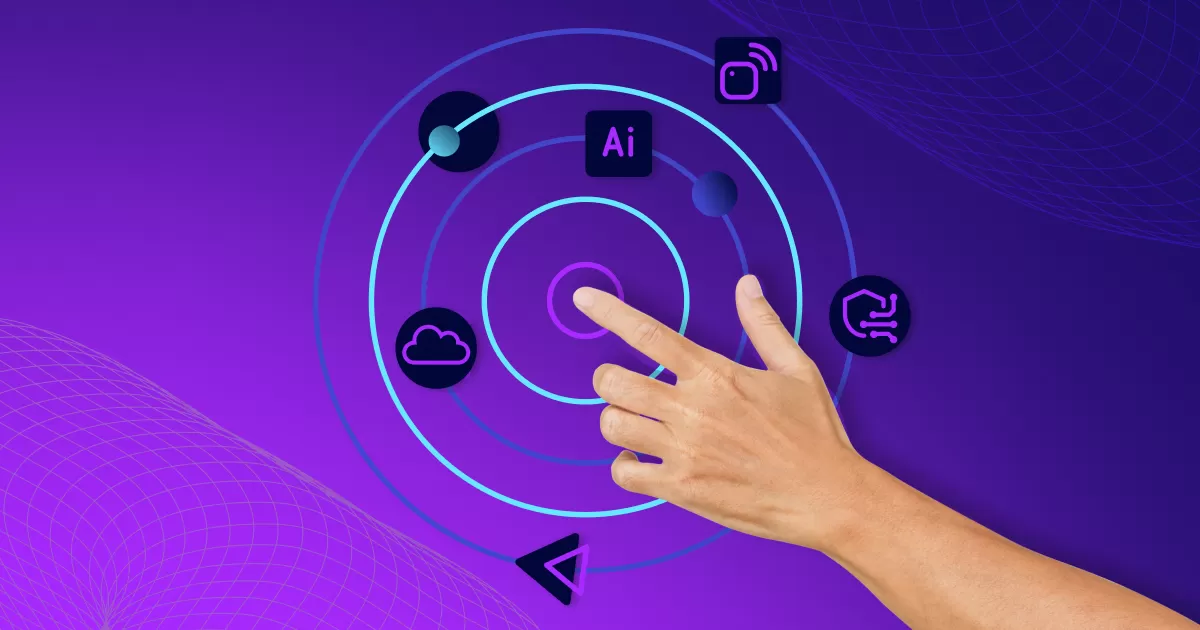Access control systems are crucial components of a business’s security and operational management strategy. These systems not only restrict and monitor access to physical and digital environments but also enhance operational efficiency and employee management. As businesses increasingly prioritize security due to rising threats and regulatory requirements, understanding the applications of access control systems becomes essential.
1. Restricting Physical Access
The primary function of access control systems is to restrict physical access to business premises or specific areas within those premises.
- Sensitive Areas: Businesses often have areas where sensitive data, expensive equipment, or critical infrastructure is located. Access control systems ensure that only authorized personnel can enter these areas, significantly reducing the risk of theft, espionage, or accidental interference.
- Overall Premises: For larger businesses or those with multiple entry points, access control systems can manage who enters and exits the building, ensuring a secure environment for both staff and assets.
2. Monitoring and Logging Entry
Modern access control systems do more than just restrict entry; they monitor it and keep detailed logs of who enters and when.
- Audit Trails: These logs serve as audit trails that can be crucial for security audits, investigations, and compliance with regulatory standards.
- Real-Time Monitoring: Businesses use access control systems to monitor access in real time, which helps in quickly responding to unauthorized access attempts or other security incidents.
3. Integrating with Other Security Systems
Access control systems often serve as the foundation for a comprehensive security strategy by integrating with other security systems.
- Video Surveillance: Integration with CCTV systems allows businesses to visually verify who is accessing their facilities in real time and review video footage linked to entry logs.
- Alarm Systems: Access control systems can be set up to trigger alarms if doors are forced open or if unauthorized access is attempted after hours.
4. Managing Employee Access and Attendance
Access control systems are also used for administrative functions such as managing employee access and tracking attendance.
- Role-Based Access: Employees can be granted access based on their role or position within the company, ensuring they only enter areas necessary for their work.
- Time Tracking: When employees use access cards or biometrics to enter and exit, the system can record these events, helping HR departments monitor attendance and manage payroll more efficiently.
5. Enhancing Data Security
In addition to controlling physical access, these systems also help in securing digital assets.
- Data Centers: For businesses with on-site data centers, access control systems ensure that only authorized IT personnel can enter areas where sensitive data is stored and processed.
- Server Rooms: Similar to data centers, server rooms house critical IT infrastructure that supports the entire business. Access control systems protect these rooms from unauthorized access, reducing the risk of data breaches or hardware tampering.
6. Remote Access Management
With the increase in remote work, businesses are employing access control systems that can manage access remotely.
- Remote Control: Administrators can remotely control entry points, lock and unlock doors, and adjust security settings from anywhere, enhancing flexibility and responsiveness.
- Mobile Integration: Modern systems allow employees to use their smartphones as access credentials, facilitating remote management and integration with mobile technology.
7. Visitor Management
Access control systems are often integrated with visitor management systems to streamline the process of registering, approving, and monitoring visitors.
- Pre-Registration: Visitors can be pre-registered in the system, making their arrival smoother and more secure.
- Visitor Logs: Detailed logs of visitor entries and exits help businesses maintain security records and comply with safety regulations.
Access control systems are indispensable for modern businesses, providing robust security for both physical and digital assets. By effectively controlling and monitoring access, integrating with other security systems, managing employee and visitor entry, and even assisting with remote access management, these systems enhance operational efficiency and ensure compliance with safety and privacy regulations. As technology evolves, the capabilities and applications of access control systems continue to expand, offering businesses increasingly sophisticated tools to protect their assets and streamline their operations.





